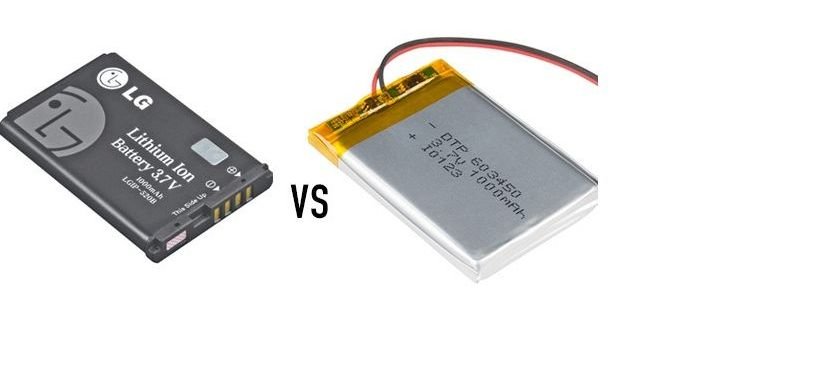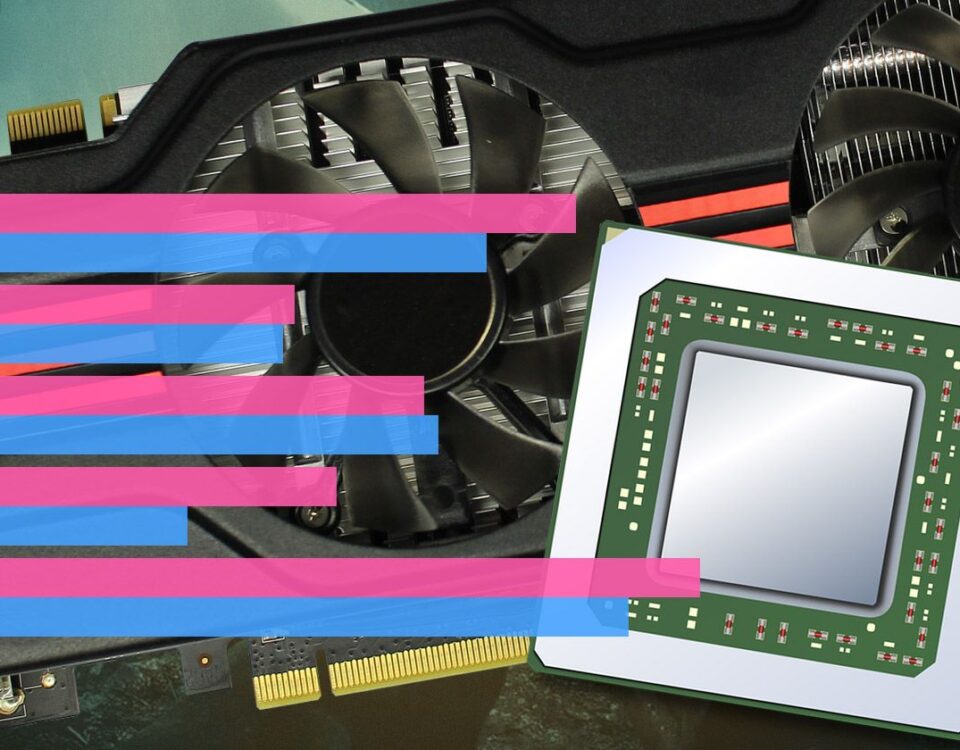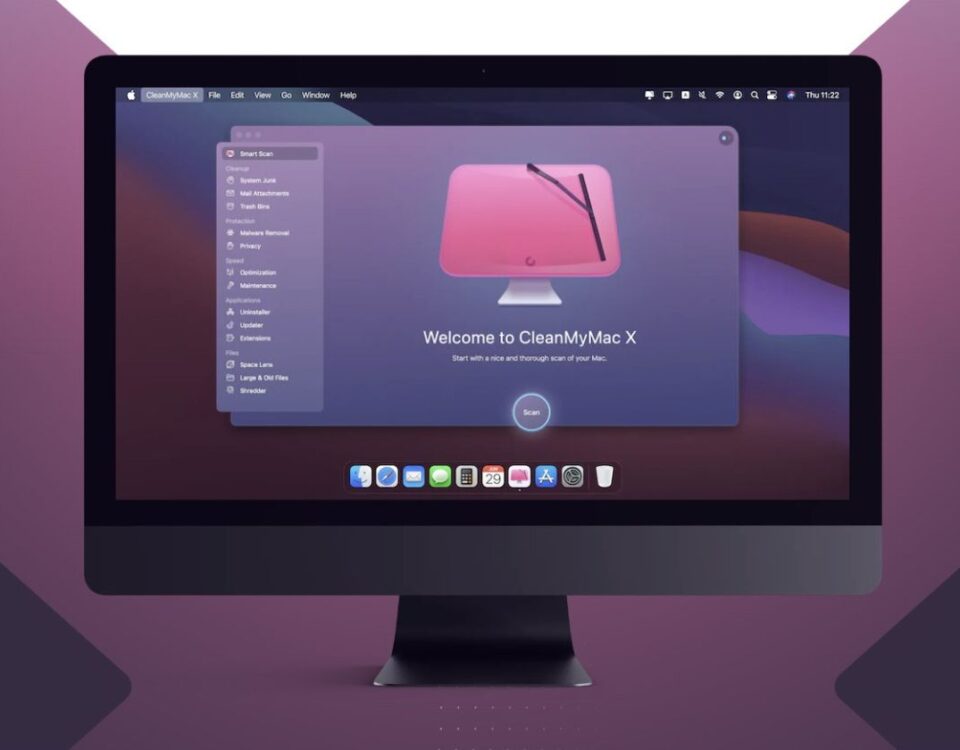Lithium-ion batteries power most electronic devices around the globe. However, you may have encountered certain consumer electronics with a lithium polymer battery.
While it might not be immediately evident, there’s a significant difference between lithium-ion (Li-ion) and lithium-polymer (Li-Po) batteries.
In this article, we take an in-depth look at these popular battery types and how they power the devices we use in our everyday lives.
What Are Lithium-Ion (Li-Ion) Batteries?
The lithium-ion battery powers smartphones, laptops, and numerous other devices around the globe. These batteries are made by combining four different components:
- A cathode (the positive terminal)
- An anode (the negative terminal)
- A separator
- Electrolyte
The anode is mostly made of lithium (thus the name), while the cathode is often made from graphite. Cobalt or manganese are often used as well.
The separator prevents the charges from causing a short-circuit, and the electrolyte serves as the medium that allows the ions to move from the anode to the cathode.
Thus, when you charge your phone, ions stored on the negative terminal begin to vibrate until they gain enough charge to make the journey from the anode to the cathode, overcoming the separating layer. This movement is what generates the electricity that powers your device. As your battery discharges, the ions move back to the cathode.
What Are Lithium-Polymer (Li-Po) Batteries?
A lithium-polymer battery is slightly newer than the conventional lithium-ion battery, and it wasn’t until recently that Li-Po batteries were introduced to smartphones. It’s one of the most promising alternatives to lithium-ion batteries.
The primary reason for this was because of their fast charging capabilities. Lithium-polymer batteries were originally used in older, clunky phones and were found in laptops. Modern devices, like drones, also contain lithium-polymer batteries. Because it’s so flexible and lightweight, lithium-polymer batteries are found in power banks too.
Just like lithium-ion batteries, Li-Po batteries also have an anode and a cathode. But, these batteries use a gel-like electrolyte instead of a liquid electrolyte.
That’s one of the reasons why they are generally more durable, and you don’t have to worry about the electrolyte leaking too. But, this gel-like material tends to get harder over time, reducing the ions’ ability to move freely, reducing the battery life span.
The Key 8 Differences Between Li-Ion and Li-Po Batteries
There are a number of differences between lithium-ion and lithium-polymer batteries.
1. Pricing
One of the main reasons behind the widespread adoption of lithium-ion batteries is their low pricing. New technologies have virtually halved the price of lithium-ion batteries, and because they have been around for quite a while, it’s generally much easier to manufacture these batteries.
If you compare pricing directly, the manufacturing costs of lithium-polymer batteries are slightly higher. That’s why they aren’t commonly used in cheaper electronics.
2. Power Density
Power density refers to the amount of energy that the battery contains when compared with its weight. Therefore, a battery with a higher power density will have a longer run time.
Lithium-ion batteries can hold up to four times the charge compared with lithium-polymer batteries of a similar size. This makes them more desirable for use in compact electronic devices.
On the other hand, lithium-polymer batteries usually need to be encased in a hard or soft-shell cover. This further increases the bulk, which makes them unusable in smaller devices.
However, the scales may eventually tip as newer manufacturing methods are introduced.
3. Safety
Lithium-polymer batteries are generally safer than their lithium-ion counterparts, primarily because of their robust packaging. A hard-shell Li-Po battery can resist external pressure, which mitigates hazards.
That’s one of the reasons why most devices that offer extremely fast charging usually have lithium-polymer batteries inside. The electrolyte gel in a Li-Po battery is also less likely to leak than the Li-Ion electrolyte.
4. Passive Discharge Rate
A device powered by a Li-Po battery will discharge incredibly slowly. The passive discharge rate of Li-Po batteries is considerably low when compared with Li-Ion batteries, so you don’t have to worry about your device running out of juice while it’s not being used. In that, long-term storage of Li-Po batteries is easier than Li-Ion.
5. Versatility
A little-known benefit of lithium-polymer batteries is that they are quite versatile. They aren’t just used in mobile phones, power banks, or laptops; you can buy Li-Po batteries for use in hobby-grade drones or RC vehicles too.
A simple reason for that is their customizable nature. You can buy Li-Po batteries in all shapes and sizes (due to their gel base), and several manufacturers have taken advantage of this freedom. You can get Li-Po batteries from 1,000 mAh to 10,000 mAh or higher! Some Li-Po batteries also have an incredibly thin profile, with a thickness of less than 1mm!
6. Useful Life
Lithium-ion batteries generally last longer than lithium-polymer batteries. An average lithium-ion battery can last two to three years, whereas lithium-polymer batteries have a much shorter life span. That’s because the gel-based electrolyte begins to harden in Li-Po batteries.
7. General Maintenance
Lithium-ion batteries require virtually no maintenance whatsoever. Li-Po batteries, on the other hand, require a bit of maintenance.
Many of the myths about phone charging are false. Smartphone software also lets you get more accurate battery information. For instance, you can calibrate your iPhone’s battery to know more about its general performance.
For instance, if you’re storing Li-Po batteries, you must charge them around the 30% mark before storing them. Similarly, larger Li-Po batteries require a specialized balance charger for charging.
Newer technology has now made it considerably easy to maintain lithium-polymer batteries, which is why they are now being used in smartphones.
8. Portability
Both lithium-ion and lithium-polymer batteries are quite portable. However, the former wins because you can easily find them in quite thin designs, which is why they are often used in smaller consumer electronics.
Li-Ion vs. Li-Po: Which Is Best?
Lithium-ion batteries are more common because of their widespread adoption. However, lithium-polymer batteries are fast becoming popular because of their increased safety features and stable performance.
However, many companies are now working on newer technologies. Solid state batteries, for instance, outperform lithium-ion batteries in virtually every department, providing a more promising alternative.










